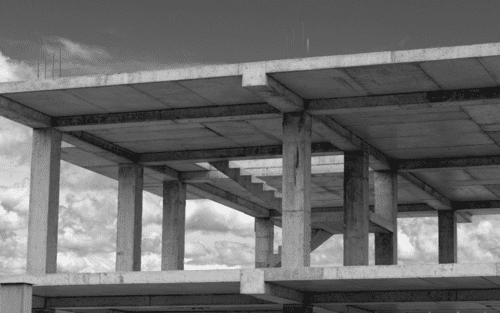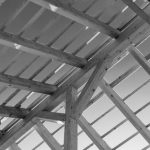Contributor: Lee Grossman
Concrete construction is a vital component of the infrastructure development in North Dakota, but occasionally, defects may arise that compromise the quality and safety of these structures. When faced with concrete construction defects, it’s important for stakeholders to understand the legal remedies available to them under North Dakota state law. This blog aims to provide an overview of the legal framework, including relevant statutes and case law, that governs these situations.
1. Understanding Concrete Construction Defects
Concrete construction defects encompass a wide range of issues, including cracks, water infiltration, faulty foundations, and structural instability. It is important to identify the type and severity of the defect to determine the appropriate legal course of action.
2. Warranty Claims
Contractors in North Dakota are generally required to warranty their workmanship for a certain period. Section 43-07-26 of the North Dakota Century Code requires a homeowner to give notice of any breach of warranty and the opportunity for the contractor to cure the defect. North Dakota also recognizes the implied warranty of fitness for the purpose of construction contracts. Leno v. K & L Homes, Inc., 2011 ND 171, ¶ 10, 803 N.W.2d 543.
3. Breach of Contract Claims
When a construction defect occurs, it may constitute a breach of contract between the property owner and the contractor. Breach of contract requires the existence of a contract, a duty owed by one party to the other, a breach of the duty owed, and damages resulting from the breach. There are two possible measures of damages for breach of contract in a construction case. First, if the contract is substantially performed, and the defects can be remedied without taking down and reconstruction of the building, the measure of damages is the cost of the repair work. Second, if the defects cannot be remedied without reconstruction, the measure of damages is the difference in value between what would have been built according to plans and what was actually built. Dobler v. Malloy, 214 N.W.2d 510, 518 (N.D. 1973).
4. Negligence Claims
Property owners who have suffered damages due to concrete construction defects may pursue a negligence claim against the responsible parties, including negligent design and construction. To succeed in a negligence claim, the property owner must prove that the defendant had a duty of care, breached that duty, and caused the damages.
Conclusion
When facing concrete construction defects in North Dakota, understanding the available legal remedies is crucial. Consult with experienced legal professionals at SW&L Attorneys to learn appropriate legal avenues. If you need to consult with an attorney about enforcing your rights in a construction project or you are currently involved in litigation concerning a construction project, please contact us!










